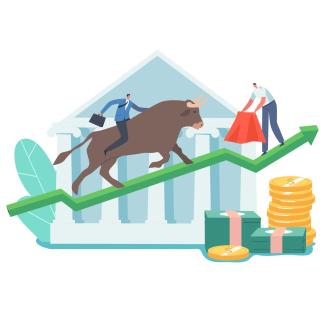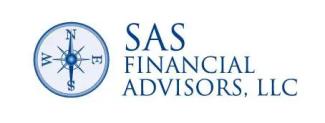
In the midst of a bull market
Fed stays put with the latest meeting but says two more rate hikes coming this year for a total increase this year of ½%. What the Fed says and what the Fed does are different. In fact, research says that people’s perception of inflation and expectations for inflation tend to have a bigger impact on inflation than what the Fed actually does.
The threat of more rate increases drives down the expectations of this era of interest rate increases ending as well as combatting the markets expectations that inflation will persist. The yield curve is still inverted with yields peaking at one year and yields beyond 1 year falling. The bond market still is looking for an economic slowdown and possibly a recession because of how far the yield curve has inverted.
Here we go with the 50/50 recession predictions. This Fed report follows the inflation report this week showing a drop in inflation. The lower inflation rate of 4% is still far above the Fed goal of 2%. From the WSJ in regard to the markets thinking currently:
“Behind the rally in stocks is a belief that inflation will soon plummet as pandemic-related distortions of prices for new and used cars, apartment rents and houses all reverse, and that the economy will slow in response to past rate increases and moves by banks to tighten lending as deposits flee to money-market funds and investors lose confidence, a combination that has already sunk three regional banks. Then, the Fed will cut interest rates, the thinking goes. “
It’s not a crazy scenario, one with which Fed officials sympathize. Many argued in favor of a pause because monetary policy operates with lags. If you squint, you might see signs of those lagged effects. Inflation stripped of pandemic-era distortions did cool in May. Banks are tightening lending. Real gross domestic product grew 1.6% in the year through March, a tad below what Fed officials consider its long-run rate, and the unemployment rate rose to 3.7% in May from 3.4%.
But rather than slowing further, the economy seems to be chugging along. The Fed raised its projection for growth this year to 1% from 0.4% in March. The interest-rate-sensitive housing market, usually a key channel through which Fed tightening affects growth, crumpled last year but is now recovering. Home prices have begun rising. With so many homeowners unwilling to move and give up their current low mortgage rates, demand is being channeled into newly built homes. As a result, construction employment is growing briskly, and shares of home builders are on a tear. Much of this is because financial conditions remain easy.
If the Fed had hoped to tighten financial conditions with Wednesday’s warning of higher rates to come, it failed. The S&P 500, after initially diving on the Fed’s announcement, finished higher on the day. Treasury yields initially rose, then ended lower. Weirdly, the more investors bet on a soft landing, the less likely one becomes.”
So here we are in the midst of a bull market based on gains off the most recent low and optimism seems to be prevailing over the bond market recession bears.
This website is informational only and does not constitute investment advice or a solicitation. Investments and investment strategies recommended in this blog may not be suitable for all investors. SAS Financial Advisors, LLC and its members may hold positions in the securities mentioned within this newsletter. SAS Financial Advisors, LLC is not responsible for any third-party content referenced.
The SAS Newsletters are posted on the SAS Blog weekly: https://www.sasadvisors.com/blog

